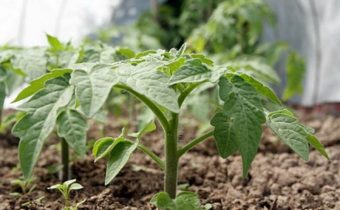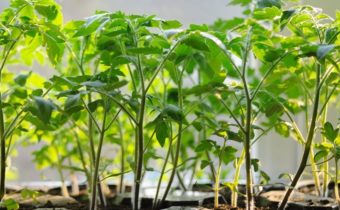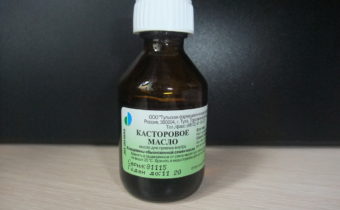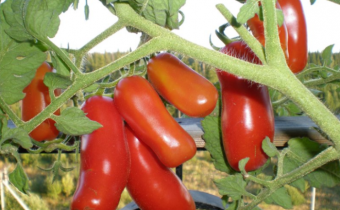Top dressing tomato with dry yeast, tips from experienced gardeners
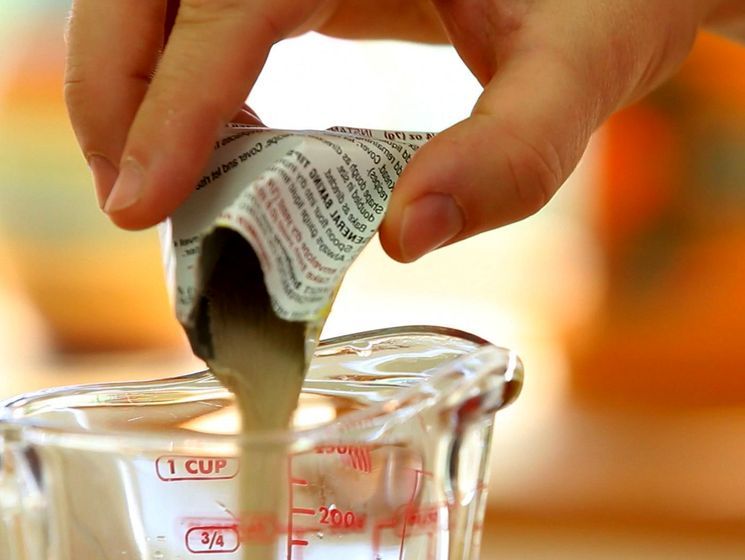
Yeast is enriched with proteins, iron and other equally useful substances and acids. They are a great helper for small bushes seedlings when picking and transplanting them into the ground. Tomatoes are one of the biggest fans of yeast based fertilizers. They actively grow, increase green mass, expand the root system, bloom and bring a great harvest. It is necessary to use yeast dressing carefully, taking into account its specificity and rules of application.
Benefits of yeast dressing
Yeast top dressing has a number of significant advantages due to which gardeners actively use it.
- Increased plant resistance to disease, temperature extremes and sudden changes in weather.
- The seedling becomes sturdier, stronger and not so “painfully” reacts to a dive.
- The root formation system becomes stronger and more actively develops, the deciduous mass of plants increases.
- The activity of soil microorganisms increases, they begin to intensively release nitrogen and phosphorus.
- The flowering increases, the ovaries and, accordingly, the fruits become larger.
Dry yeast based recipe
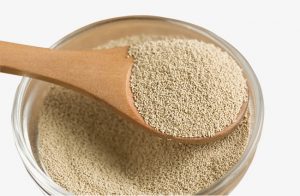 Using yeast dressing for tomatoes, you can see the result of its impact after a few days. We prepare it on the basis of three components.
Using yeast dressing for tomatoes, you can see the result of its impact after a few days. We prepare it on the basis of three components.
The composition of the solution
- dry shivering - 10 g;
- warm water - 10 liters;
- sugar - 2 tbsp.
How to cook
We mix all the components of the solution and leave for 2 hours to start the yeast "work".
We use clean water without chlorine.
How to use
Dilute ½ l of the solution in 10 l of water and water the plants, with the calculation of 0.5 l / shrub for seedlings and 1 l / shrub for adult plants. Feed under the root (root dressing), try not to fall on the leaves of plants.
We apply the first top dressing when the average temperature per day is set at 15 ° С, not lower.
Feeding rules
Using a yeast-based feed, you need to consider the basic rules for its use.
- The soil must have enough organic matter for the full development of the plants.
- We use yeast solutions on well-warmed ground, since they are inactive in a cold environment.
- Fermentation of yeast leads to the absorption of large amounts of potassium and calcium, respectively, we use such solutions in combination with other substances.
- Apply the subcortex 2 times / season - in the spring and 2 weeks after the first irrigation with yeast. You can divide the watering into two stages as follows: water the seedlings of tomatoes, and then fertilize the plants 2 weeks after transplanting them into the open ground.
- Before applying the dressing we water the plants with ordinary water.
Gardeners mistakes
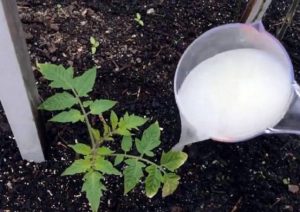 Using yeast dressing novice gardeners, under the impression of its effectiveness, make a big mistake - they use it too often and do not use other fertilizers.
Using yeast dressing novice gardeners, under the impression of its effectiveness, make a big mistake - they use it too often and do not use other fertilizers.
However, do not forget that the yeast is an activator and accelerator of the decomposition of organic compounds in the soil. As a result of their fermentation, it loses components such as potassium and calcium. The use of only yeast fertilizer instead of fertilizers will lead to the formation of stony soil, which is very difficult to "develop".Therefore, we use yeast dressing in combination with other additives.
Add to the main solution extract chicken manure (0.5 l) and wood ash (0.5 l). The latter compensates for the loss of potassium from the soil.
After adding chicken manure to the solution, we pour the plants not at the very root, but wet the outline of the tree trunk circle.
To replenish lost calcium, use egg shells. Make an infusion of it or grind it and put it under the root of a plant.
In addition to ashes and shells, you can use nettles and hops. They will saturate the solution with beneficial nutrients.



